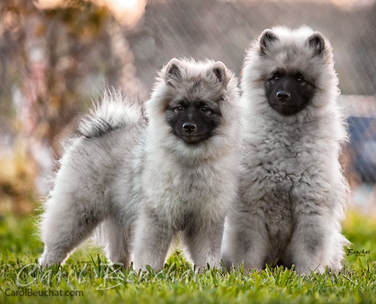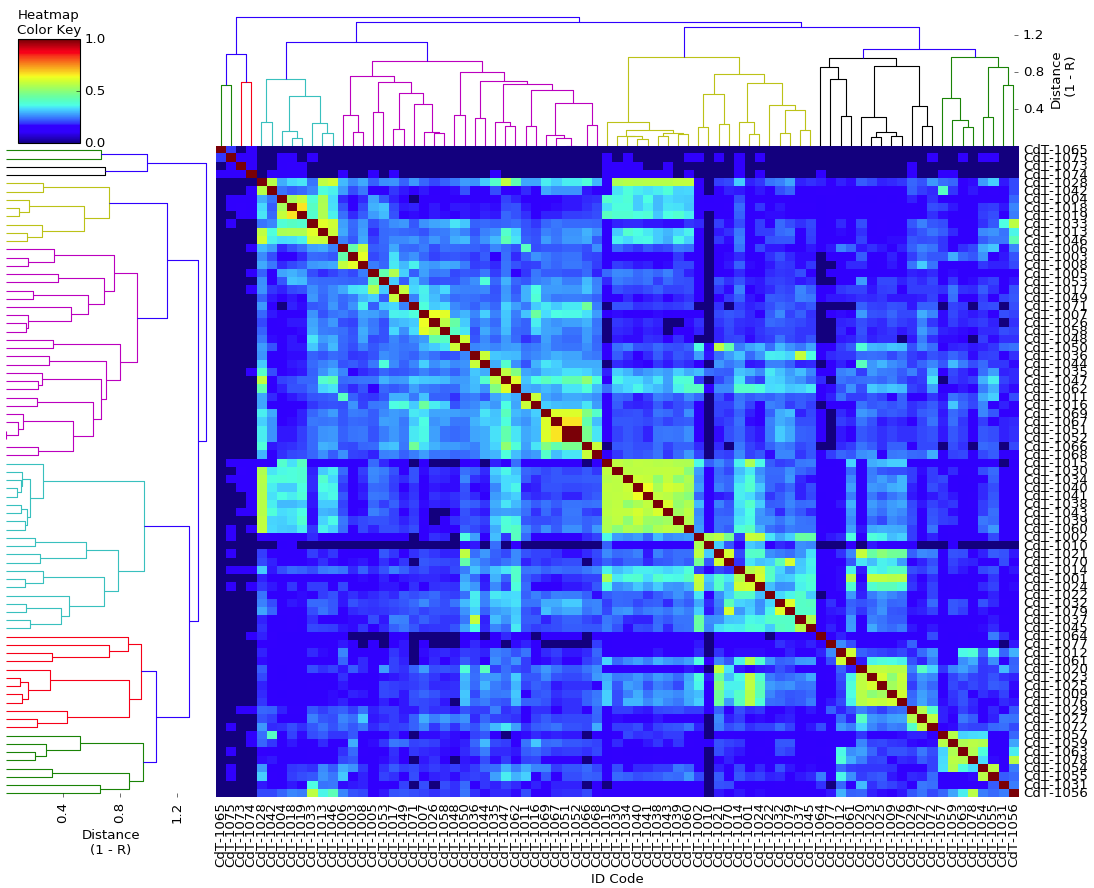Often, however, the quality of the pedigree information available for a dog is not what you would like it to be. Most often, dog pedigrees are incomplete, either not including generations back to the founding of the breed, or missing animals in the subsequent generations. Of course, there are also errors, both deliberate and inadvertent, that can change the historical picture. Finally, a pedigree database might exist for a breed but is not accessible, perhaps for technical reasons such as a computer platform that does not communicate well with the rest of the world (e.g., self-designed pedigree software), an out-of-date computer (yes, there are still data being kept on old Commodore computers...), or not computerized at all (think folders of paper). Perhaps the most distressing reason for lack of accessibility is the unwillingness of people who have custody of the information to allow public access. (This means you too, AKC.) It's hard for me to imagine how anyone could argue that this is in the best interests of the breed; it can only be selfish or ego-driven in someone who fails to see that data that can't be used might just as well not exist. These databases die with their creators, with the records being tossed out by relatives or even strangers who see no value in them. Such as waste.
| In any case, when the pedigree database is less than ideal for a breed, all is not lost. The high-density SNP (single nucleotide polymorphism) arrays used now for DNA analysis can provide very high quality information with a fine resolution. Up until just a few years ago, the most common method of DNA analysis to determine relatedness among animals used "microsatellites" (referred to by several different acronyms, among them STRs, or single tandem repeats). In the last 5-10 years, however, the cost of genotyping using SNPs has dropped substantially, and SNPs are replacing microsatellites as the tool of choice in the types of analyses that would be most useful for animal breeders, such as determining genetic diversity and relatedness. |
In the chart below, I have used the SNP genotyping information for a group of dogs to reconstruct their pedigree relationships based on genetic similarity. The tree structure outside the square is the "family tree" illustrated as a dendrogram. (Learn how to read a dendrogram HERE.) The square in the middle is a "heat map" of the kinship values that depicts at just a glance the degree of relatedness of groups of animals in the breed as reflected in the dendrogram. (Learn how to read heat maps HERE.) The same animals are on both axes in this heat map, so it is symmetrical across the diagonal. (You can match up the clusters across the top with those along the left axis.)
In the absence of pedigree information, I have been able to reconstruct the genetic relationships among this group of dogs using a very large number of SNP markers that are distributed across all of the chromosomes. Where pedigree information is not available or is incomplete, this tree of relationships can be used to establish the genetics of an existing population of animals. If good pedigree records are kept going forward, they can be an excellent tool for assessing relationships among individuals and making predictions of litter inbreeding coefficients without the cost and logistic hassles of DNA analysis. The pedigree relationships can also inform the strategic choice of animals to be genotyped in the situations where that information is needed (e.g., trait or mutation testing).
For breeders trying to breed more strategically to reduce the incidence of genetic disorders in their dogs, but might not have the best pedigree information, DNA analysis using high density SNP markers can provide research quality genetic information for a modest cost. We can convert the data for thousands of SNPs into a chart that displays the true genetic relationships among a group of dogs.
ICB's online courses
***************************************
Visit our Facebook Groups
ICB Institute of Canine Biology
...the latest canine news and research
ICB Breeding for the Future
...the science of animal breeding



